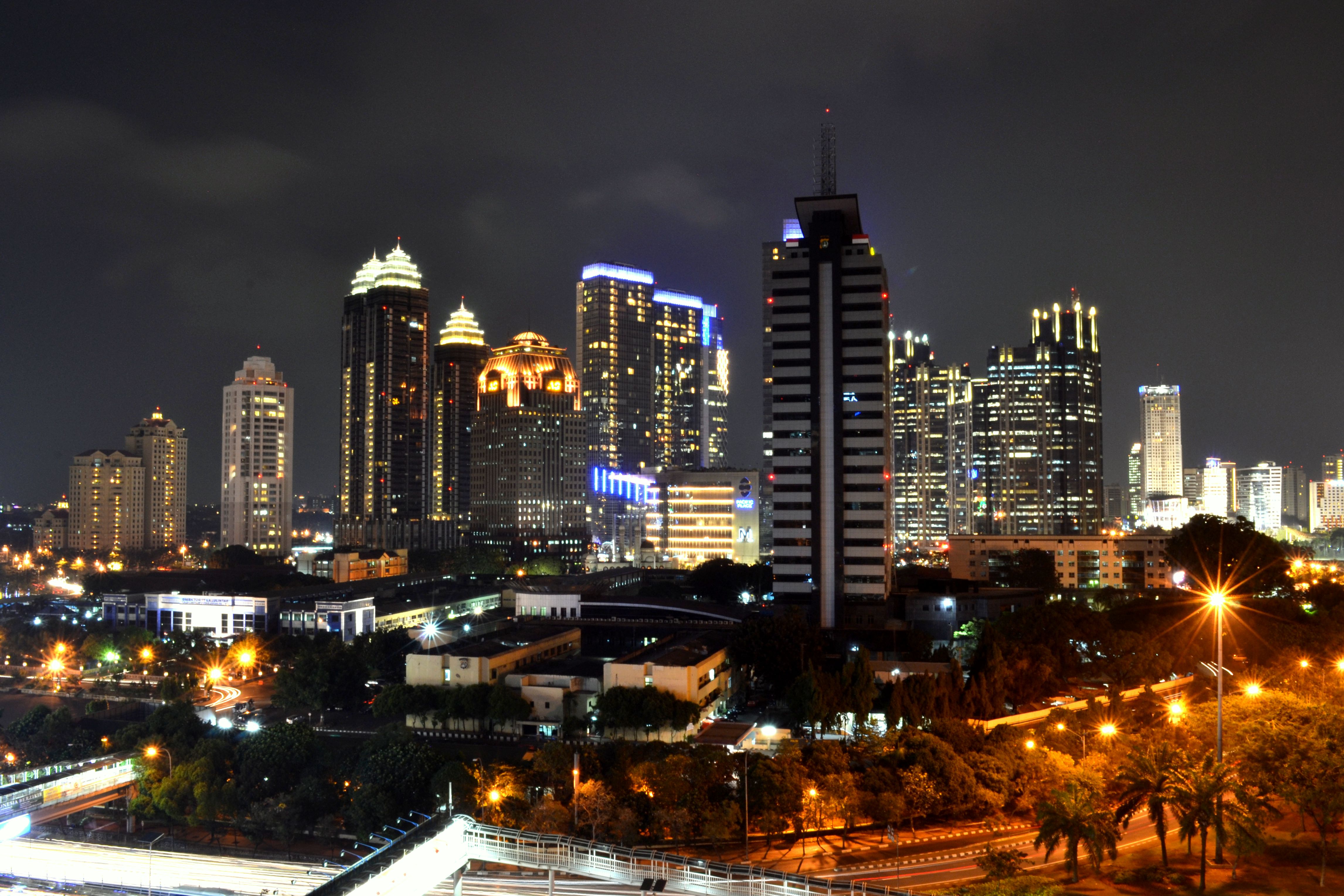
Jakarta is sinking; sections of Indonesia’s capital city have lost 2 inches per year. Buildings in this dense city of 10 million people weigh down coastal land. Residential and business development increased demand for drinking water. Drilled wells, legal and illegal, caused the city to sink further. Draining urban underground aquifers is “like deflating a giant cushion.” Experts warn Jakarta must fix the problem within this decade. Climate change is worsening the situation: sea-rise could bring water even closer, as much 36 inches. Other cities may take note. Subsidence plagues Mexico City, built on a drained lakebed. Boston, shaped by landfill, contends with subsidence as well as sea-rise. New York is vulnerable to storm surge. The Erie Canal linking New York to the Great Lakes may hold promise as inland waterways play a new role in water protection. Inland Waterways International may offer innovations. Coastal cities might find guidance from the Urban Harbors Institute in Boston. The East Coast of the United States is particularly vulnerable to sea-rise because of the steep sea-level slope just offshore that keeps the Gulf Stream channeled. Climate scientists place New York, Boston, Norfolk, Ft. Lauderdale, and Miami on the watch list. Put a price on it? Coastal storm “Sandy” flooding New York and New Jersey in 2012 cost $50 billion. Sea-level rise brings inundation, flooding, erosion, wetlands loss, saltwater intrusion, and damaged sanitation systems. Meanwhile, Jakarta is sinking faster than any city on the planet. As goes Jakarta, so may go other coastal communities. When the problem is solved, Jakarta will give new meaning to its original Javanese name: Jayakarta or “Victorious City.”
Brown, Sally, Robert J. Nicholls, Collin D. Woodroffe, Susan Hanson, Jochen Hinkel, Abiy S. Kebede, Barbara Neumann, Athanasios T. Vafeidis. “Sea-Level Rise Impacts and Response: A Global Perspective.” Coastal Hazards, edited by Charles W. Finkl. Springer, 2013. http://www.springer.com/us/book/9789400752337/.
Climate Central. “These U.S. Cities Are Most Vulnerable to Major Coastal Flooding and Sea Level Rise” 25 October 2017. http://www.climatecentral.org/news/us-cities-most-vulnerable-major-coastal-flooding-sea-level-rise-21748.
Crowell, Mark, Jonathan Westcott, Susan Phelps, Tucker Mahoney, Kevin Coulton, Doug Bellow. “Estimating the United States Population at Risk from Coastal Flood-Related Hazards.” Coastal Hazards, edited by Charles W. Finkl, pp. 245-66. Springer. DOI:10.1007/978-94-007-5234-4.
Kemp, Andrew C. and Benjamin P. Horton. “Contribution of relative sea-level rise to historical hurricane flooding in New York City.” Journal of Quaternary Science 28.6:537-541.
Kimmelman, Michael. “Jakarta Is Sinking So Fast, It Could End Up Underwater.” 21 December 2017. The New York Times. https://www.nytimes.com/interactive/2017/12/21/world/asia/jakarta-sinking-climate.html
Special Initiative for Rebuilding and Resiliency (SIRR). “A Stronger, More Resilient New York.” 11 June 2013. http://www.nyc.gov/html/sirr/html/report/report.shtml/
Yin, Jianjun, Michael E. Schlesinger, ad Ronald J. Stouffer. “Model projections of rapid sea-level rise on the northeast coast of the United States.” Nature Geoscience. 15 March 2009. DOI:10.1038/NGEO462. http://www.meteo.mcgill.ca/~huardda/articles/yin09.pdf
Building the World Blog by Kathleen Lusk Brooke and Zoe G Quinn is licensed under a Creative Commons Attribution-NonCommercial-NoDerivs 3.0 Unported License
